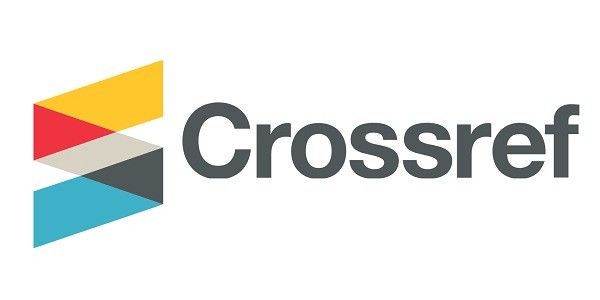Abstract
This article discusses Icelandic installation artist Olafur Eliasson’s approach of the threshold as a productive liminal space rather than as a static boundary between the inside and the outside. Often defined as the physical division between the interior and the exterior in architecture, the authors argue that by looking at Eliasson’s works in detail, the threshold’s inherent capacity of comprising a dynamic dialogue between inside and outside where one is determined by the other unfolds. This paper proposes that designing the relationships between inside and outside involves subtle renegotiations and redefinitions of conventionalised notions of their boundaries and a resultant emergence of new design strategies.
Eliasson designs thresholds in diverse ways that he analyses and provokes the spatial associations between inside and outside, interior and exterior. While in Eliasson`s work the categories of inside and outside remain mutually exclusive, they physically co-exist at the same time; deliberately refracted, juxtapositioned, connected or confounded in an experimental yet rigorous approach that employs different scales and common characteristics. Seventeen of his works are analysed and grouped into four different threshold design strategies that result in an object, an association, an event and an immersive space.
Publication Date
1-30-2019
References
Colomina, B. (1992). Intimacy and spectacle: The interior of Loos. In J. K. J. Whiteman, & R. Burdett (Eds.), Strategies in architectural thinking (pp. 90-113). Cambridge, Mass.: The MIT Press.
Deleuze, G. (2006). Foucault. (S. Hand, Trans.). London: The Athlone Press.
Eliasson, O. (2018). Fjordenhaus 2009-2018. Retrieved from https://olafureliasson.net/archive/artwork/WEK107304/fjordenhus#slideshow.
Eliasson, O., & Ursprung, P. (2012). Studio Olafur Eliasson: An encyclopedia. Köln and London: Taschen.
Eliasson, O. (2007). Take your time: Olafur Eliasson. San Francisco: Thames & Hudson.
Franck, K. A. (2007). Inside, outside, and inside out. In K. A. Franck, & R. B. Lepori (Eds.), Architecture from the inside out (pp. 18-45). Chichester, England and Hoboken, NJ.: Wiley-Academy.
Grosz, E. (2001). Architecture from the outside. Cambridge, Mass.: The MIT Press.
Heathcote, E. (2018, June 30). An artist who means business. Financial Times. Retrieved from https://www.ft.com/content/c7c8a88e-7925-11e8-8e67-1e1a0846c475
Lowenstein, O. (2018, July 15). Modern fairytale. Blueprint, (359).
Mintzker, Y. (2012) The dialectics of urban form in absolutist France. In M. Silberman, K. E. Till, & J. Ward (Eds.), Walls, borders and boundaries: Spatial and cultural practices in Europe (pp. 25-41). New York: Berghahn Books.
Perec, G. (1974). Species of spaces and other pieces. London: Penguin Books.
Studio Olafur Eliasson (n.d.). Retrieved from https://olafureliasson.net/studio.
Simmel, G. (2000). Bridge and door. In D. Frisby, & M. Featherstone (Eds.). Simmel on culture: Selected writings (pp. 170-174). London: Sage Publications.
Siegert, B. (2012). Doors: On the materiality of the symbolic. Grey Room (47) pp. 6-23.
Teyssot, G. (2008). Mapping the threshold: A theory of design and interface. London: AA Files.
Thiis-Evensen, T. (1987). Archetypes in architecture. Oslo: Norwegian University Press.
Thorpe, H. (2018, June 1). Olafur Eliasson’s first building completes in Denmark. Wallpaper.Retrieved from https://www.wallpaper.com/architecture/olafur-eliasson-fjordenhus-vejle-denmark
Submitted Date
2018-11-30
Accepted Date
2019-01-15
First Page
43
Last Page
61
Recommended Citation
Dincer, D., Brejzek, T., & Wallen, L. (2019). Designing the Threshold: A Close Reading of Olafur Eliasson’s Approach to ‘Inside’ and ‘Outside’. Interiority, 2 (1), 43-61. https://doi.org/10.7454/in.v2i1.48
Creative Commons License

This work is licensed under a Creative Commons Attribution-NonCommercial 4.0 International License
Author(s) retain the copyright of articles published in this journal, with first publication rights granted to Interiority.






